Create a Japanese garden: creation of a Zen garden
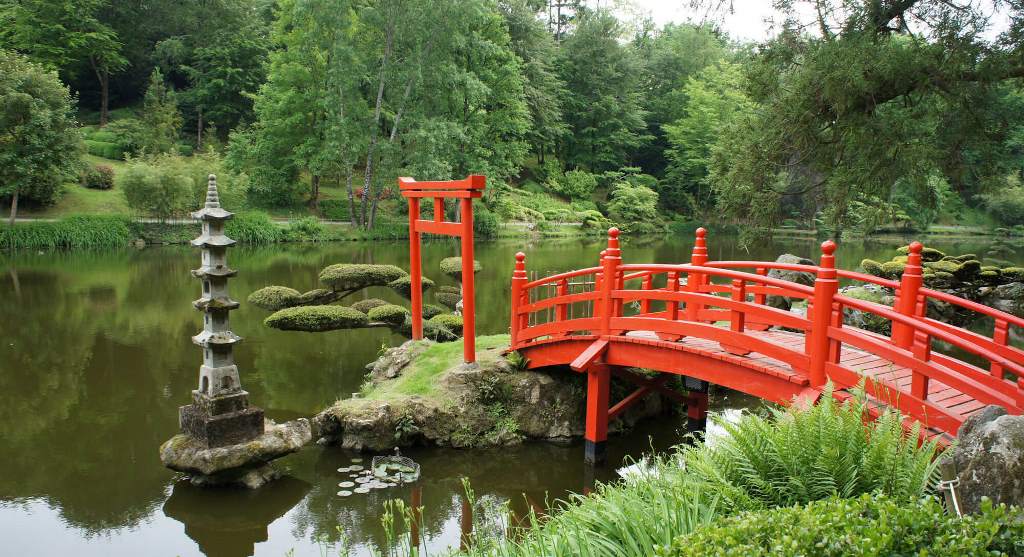
THE JAPANESE STYLE
The Japanese garden is a style inspired by Buddhism imported from China in the fourteenth century.
The main idea behind Japanese gardens is to recreate a harmonious natural environment in miniature. Compositions put into practice the creative interpretations of paradise from sages and painters of the period.
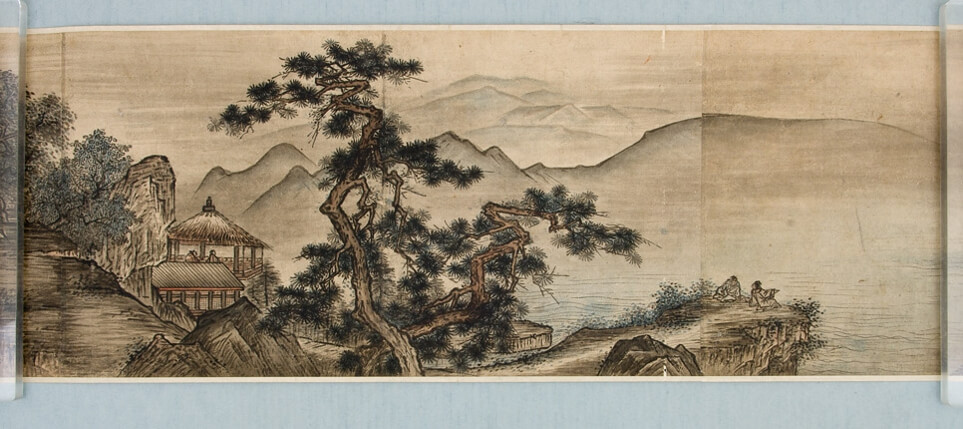
An authentic Japanese garden should contain certain key elements:
Stone:
"Ishi" stones are sourced from nature so they have that "worn" look. They can represent a mountain or rock formation, create waterways or subtly mark out sections. They should also feature in odd numbers (one, three, five, etc.).

Water:
Water has to be present in any Japanese garden. A key symbol of Buddhist and Shinto philosophy, water purifies, regenerates and brings new life.
Gardens will therefore have a body of water to represent a lake or channels to create rivers. Water features and waterfalls are welcome additions because, as the saying tells us, "flowing water never goes bad".

Water should flow to harmonise different energies. The sound of running water is also soothing and encourages meditation. Taoist monks believe that our minds should be like water : flexible, able to get around any obstacle and always seeking to descend deeper into the ground to bring new life. Similarly, we should seek to descend deeper into ourselves to discover the very essence of existence.
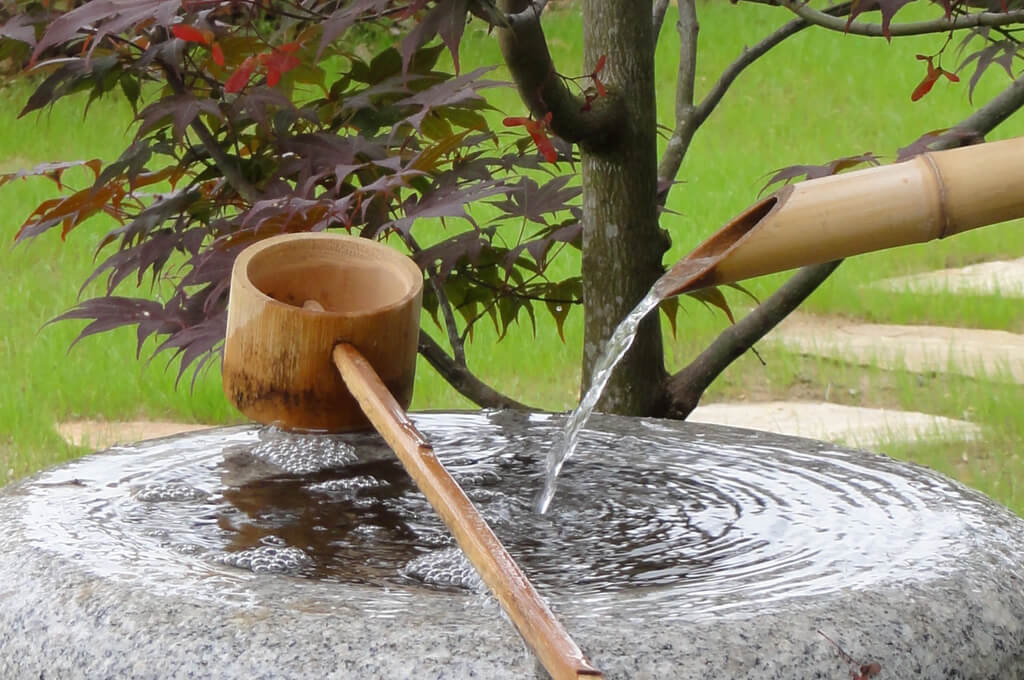
Vegetation:
Japanese gardens can be easily identified thanks to their uniquely styled trees.
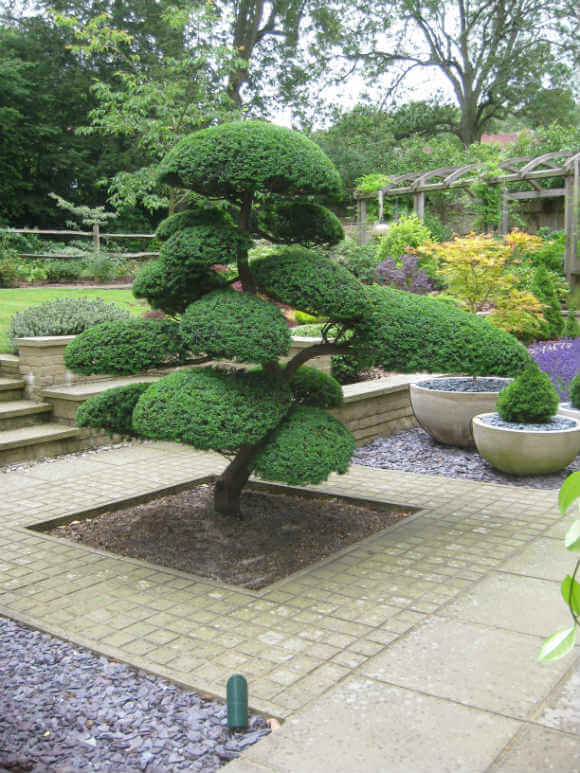
Niwaki (literally "garden tree") is the art of pruning and arranging certain tree species so they perfectly suit the design of the space involved. Trees in Japanese gardens are never isolated: they are surrounded by other plants and decorative elements so they blend into the general scene.
Slow-growing species are favoured such as the oak, the Japanese maple, the pine, the Japanese cherry and the willow.
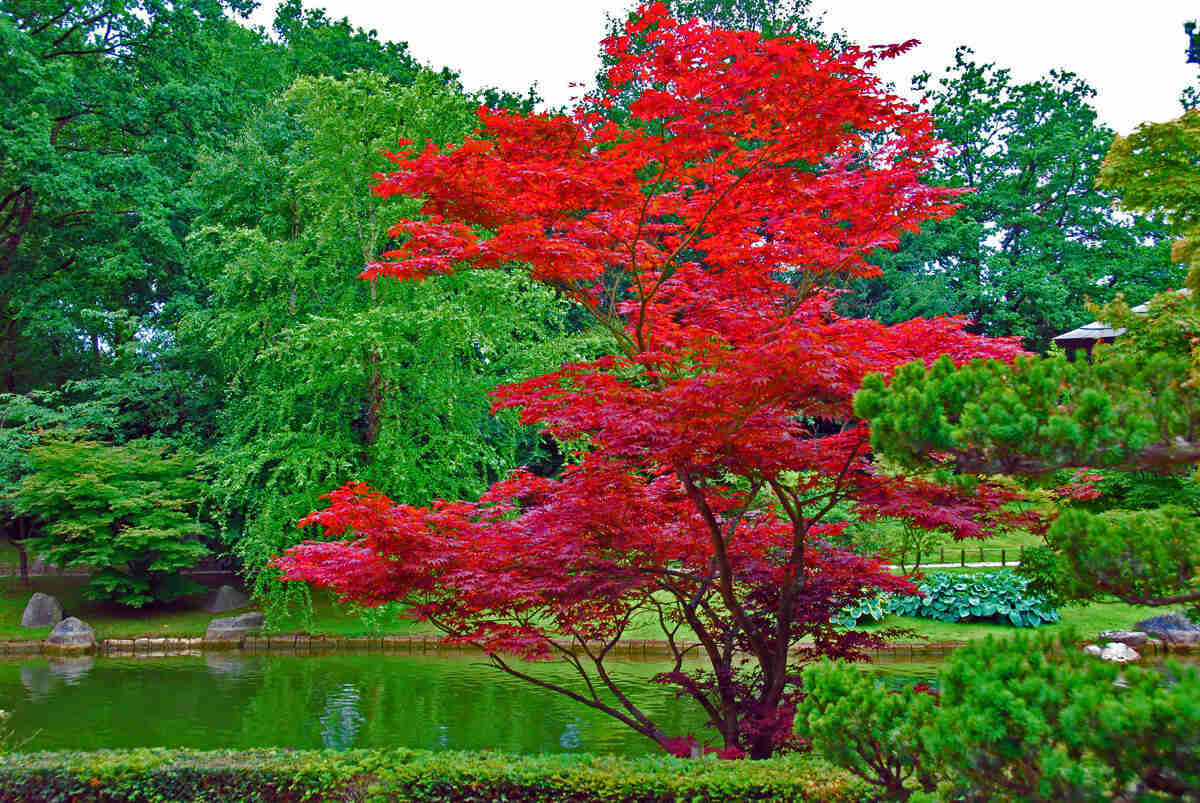
Plants that prefer ericaceous soil are Japanese garden favourites : camellias, azaleas, rhododendrons, magnolias, Andromeda, Nandina, Spiraea japonica and others. Moss is used to create even greater compositional and shade variation.

Bamboo is also an integral part of these creations. Baby bamboo is especially useful for small spaces.
Finally, bonsai trees are often found potted up in Japanese gardens.
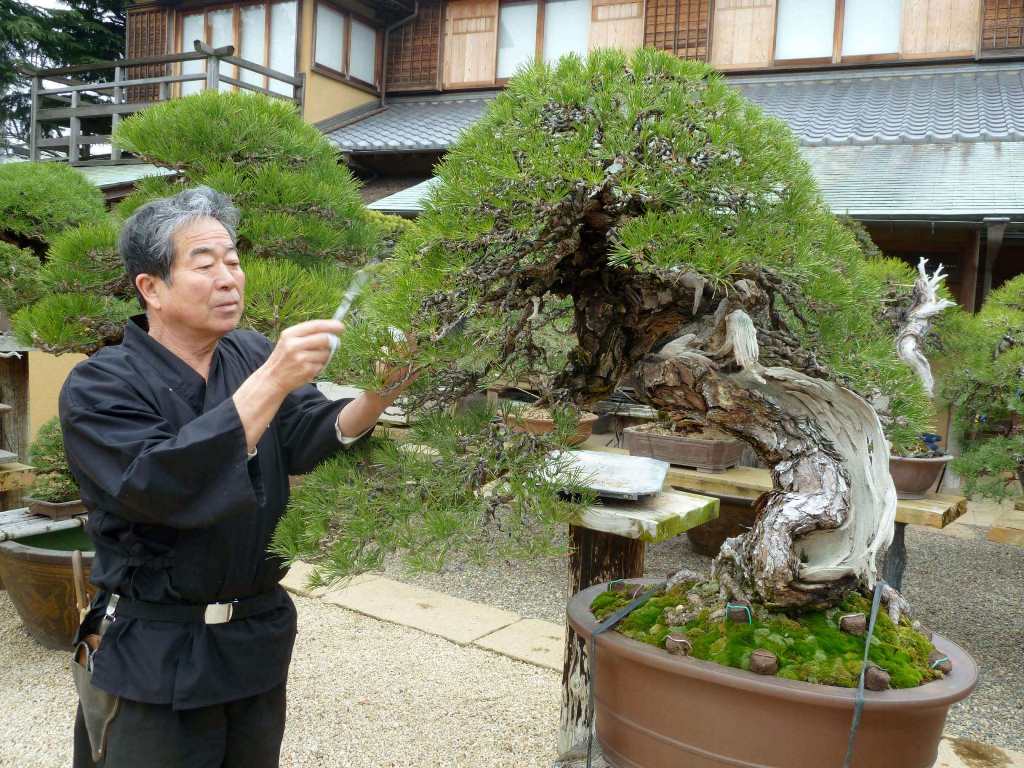
Decorative elements:
When intelligently placed, "Toro" lanterns can subtly light a garden area to highlight certain aspects. Traditional lanterns are generally carved out of stone or granite so they blend in perfectly with the general scene.
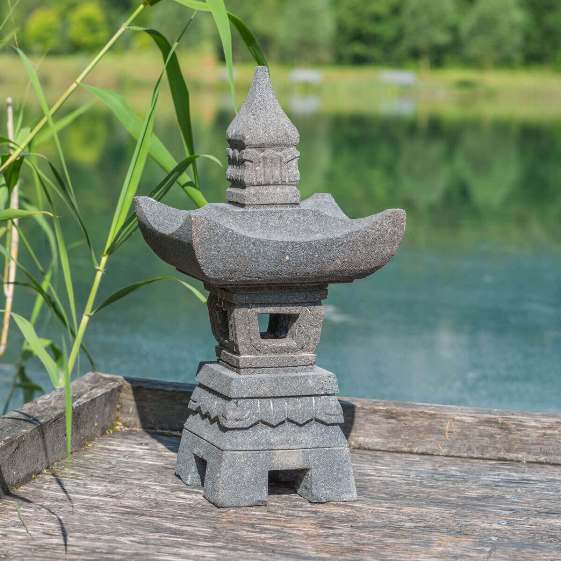
Statues can add a decorative touch to add interest to the landscape. Statues suitable for the style of the garden such as Buddha statues or Asian gods are favoured.
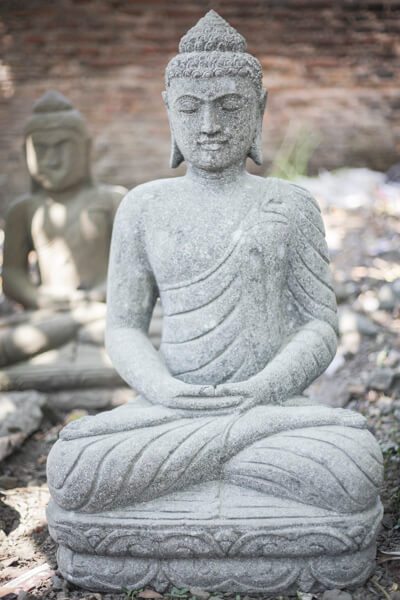
Finally, characteristically Japanese stepping stones ("tobi-ishi") enable visitors to walk through Japanese gardens without trampling any moss or plants.
RULES TO FOLLOW WHEN CREATING A JAPANESE GARDEN
Japanese gardens are designed to be living tableaux that encourage contemplation. The same is true of zen gardens with their miniature and minimalist composition, so often found in Buddhist temples. Buddhist philosophy also inspires the rules behind Japanese gardens:
Avoid straight lines:
"Harmony is born of chaos". Asymmetry is key. This is the exact opposite of French gardens, such as those at Versailles, where the goal was to impose order on the chaos of nature.
Avoid symmetry:
In Japanese gardens, elements always stand alone or are arranged in an odd number.
Sobriety and simplicity:
Decorative elements (lanterns, statues, bridges, etc.)should blend into the general scene. They should be in matt colours and natural shades. Polished and shiny objects are to be avoided.
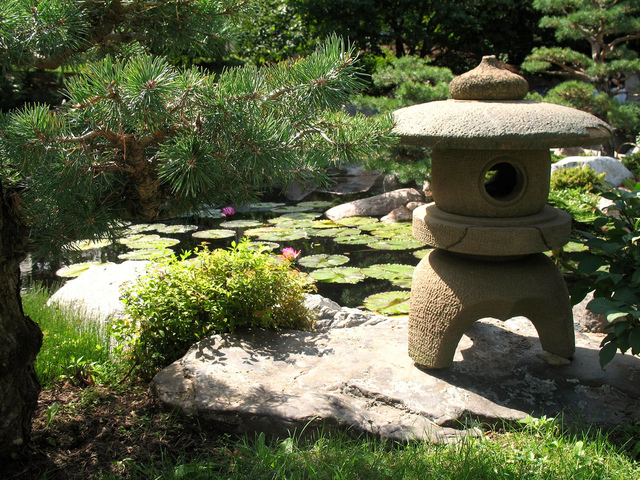



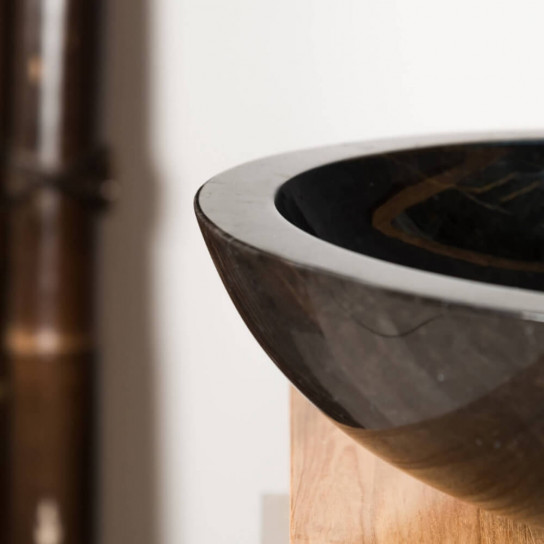
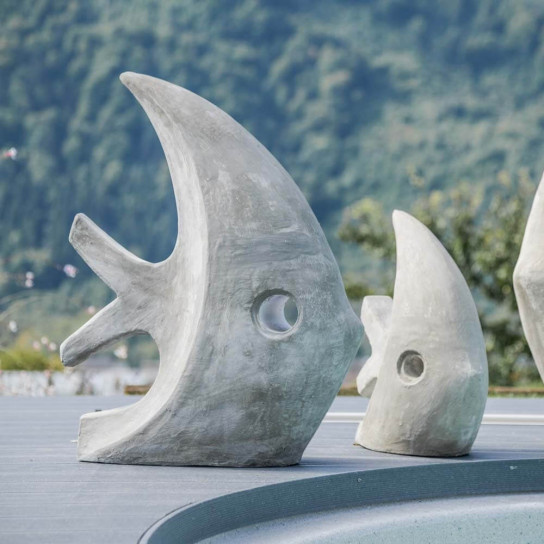

.JPG)



